Self-portrait as a Female Martyr, ca.
A prime example of an overshadowed female painter isArtemisia Gentileschi.
Here are five of Artemisia Gentileschi’s most important masterpieces.
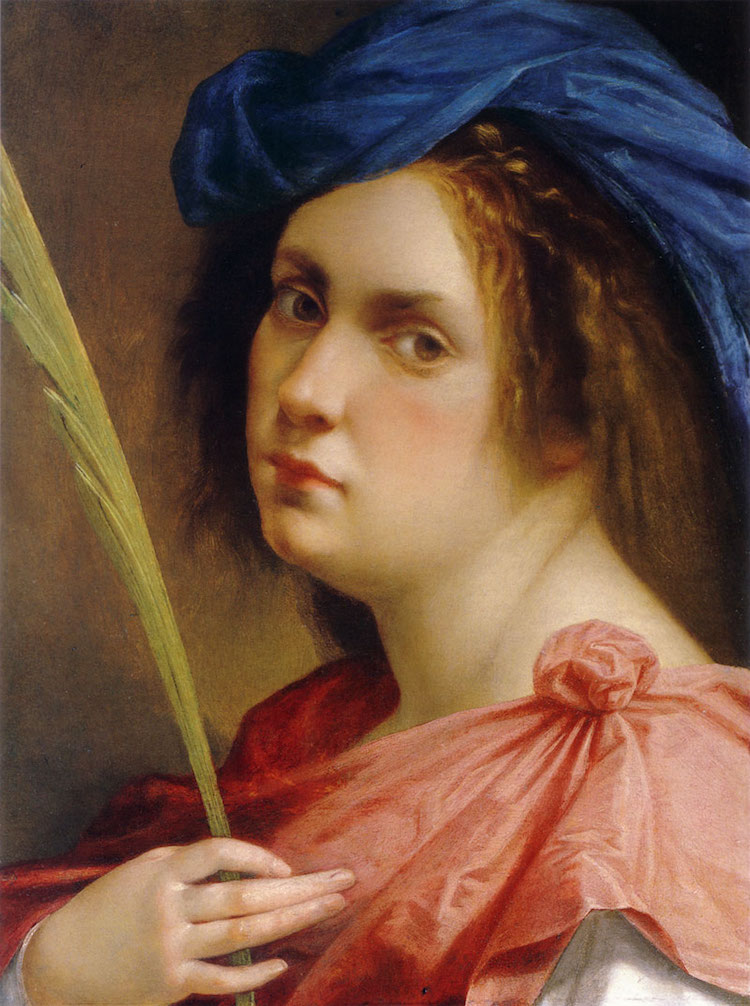
“Self-portrait as a Female Martyr,” ca. 1615 (Photo:Wikimedia CommonsPublic Domain)
Susanna and the Elders (1610)
Susanna and the Elders,c.
1610 (Photo:Wikimedia CommonsPublic Domain)
In 1593, Artemisia Gentileschi was born in Rome.
With famed Tuscan painter Orazio Gentileschi as her father, Gentileschi was exposed to art at a young age.
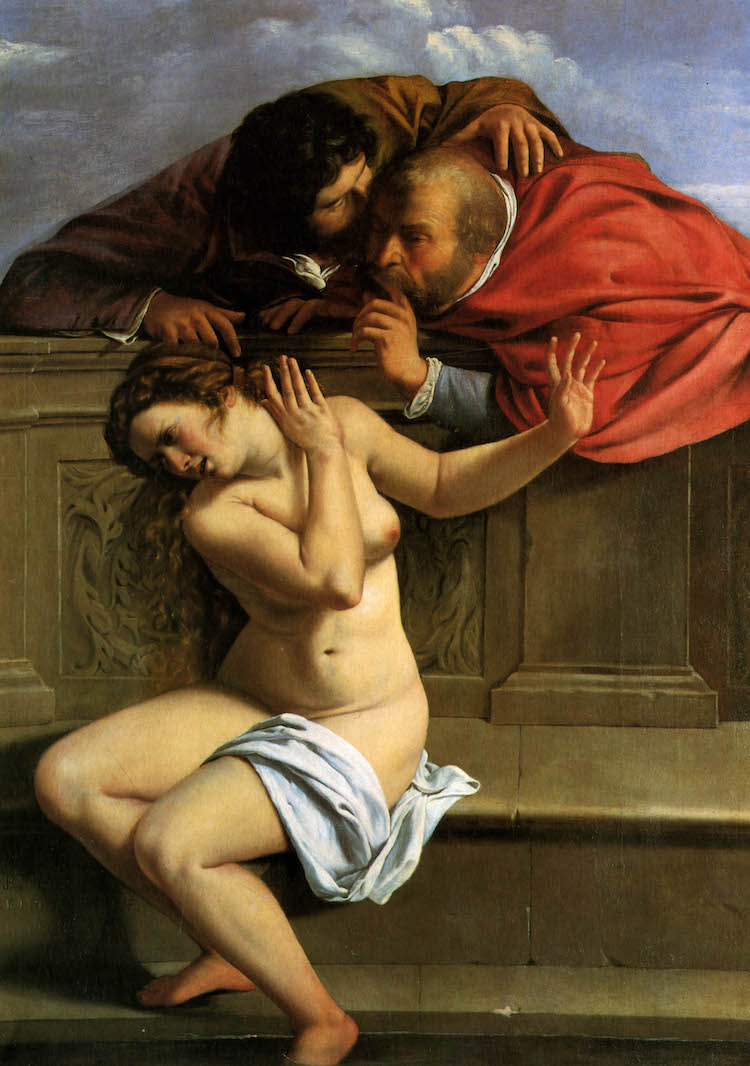
“Susanna and the Elders,”c. 1610 (Photo:Wikimedia CommonsPublic Domain)
Completed when Gentileschi was just seventeen years old, this large-scale painting depicts a biblical scene.
It shows Susanna, a married Hebrew woman, being harassed and attacked by two men while bathing.
After failing to come up with matching stories, the men are put to death.
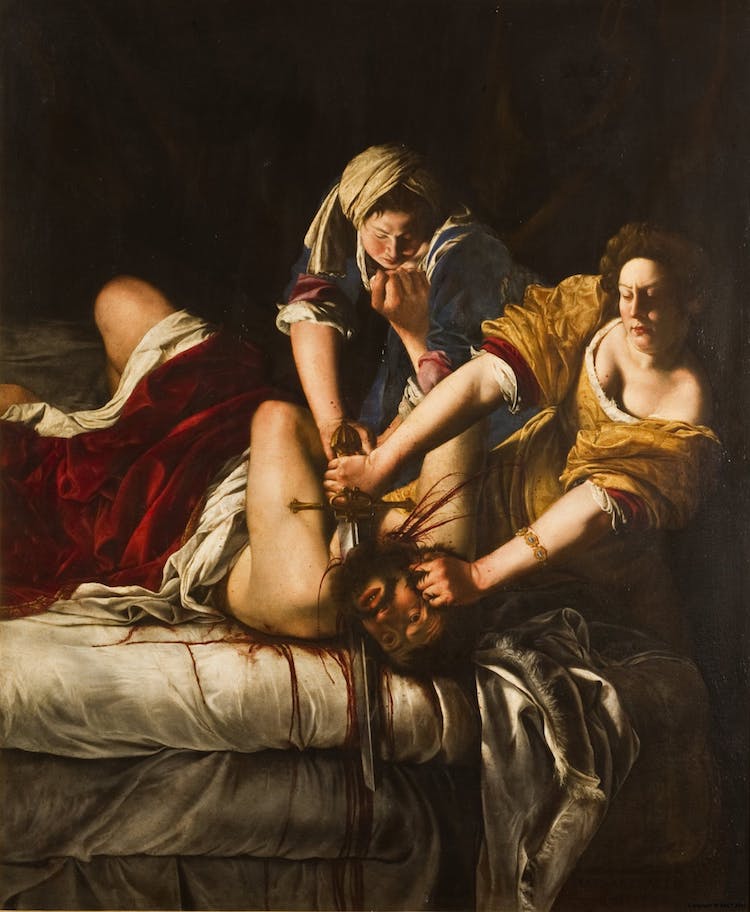
“Judith Slaying Holofernes,” 1614-1620 (Photo:Wikimedia CommonsPublic Domain)
During this time, Tassi raped the 17-year-old, prompting her father to press charges.
Gentileschi, however, sought her own form of revenge.
In 1614, Gentileschi returned to this theme, producing a second copy ofJudith Slaying Holofernes.
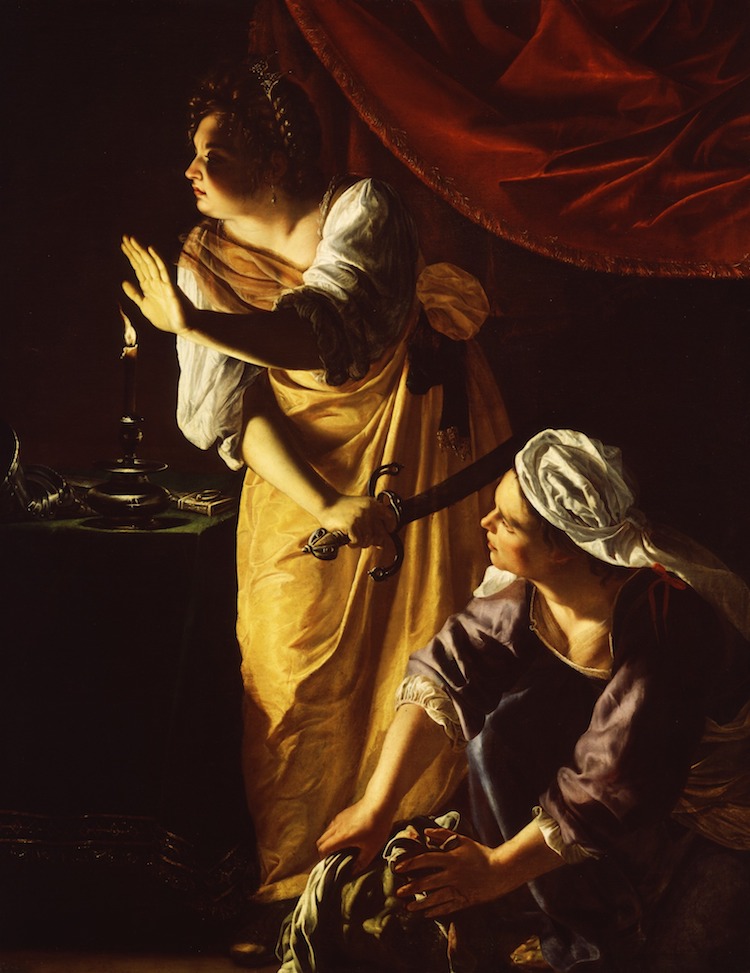
“Judith and Her Maidservant,” 1625 (Photo:Wikimedia CommonsPublic Domain)
In 1623, she paintedLucretia, a work that features a female figure on the brink of suicide.
In fact, she sometimes found inspiration in a contemporary figure: herself.
In 1639, Gentileschi completed her most celebrated self-portrayal,Self-Portrait as the Allegory of Painting.
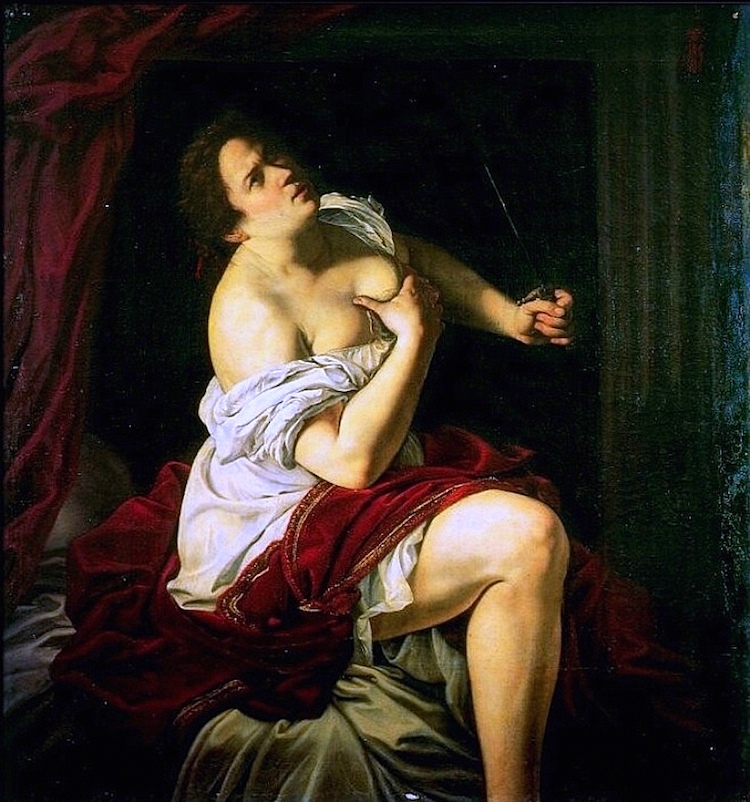
“Lucretia,” 1625 (Photo:Wikimedia CommonsPublic Domain)
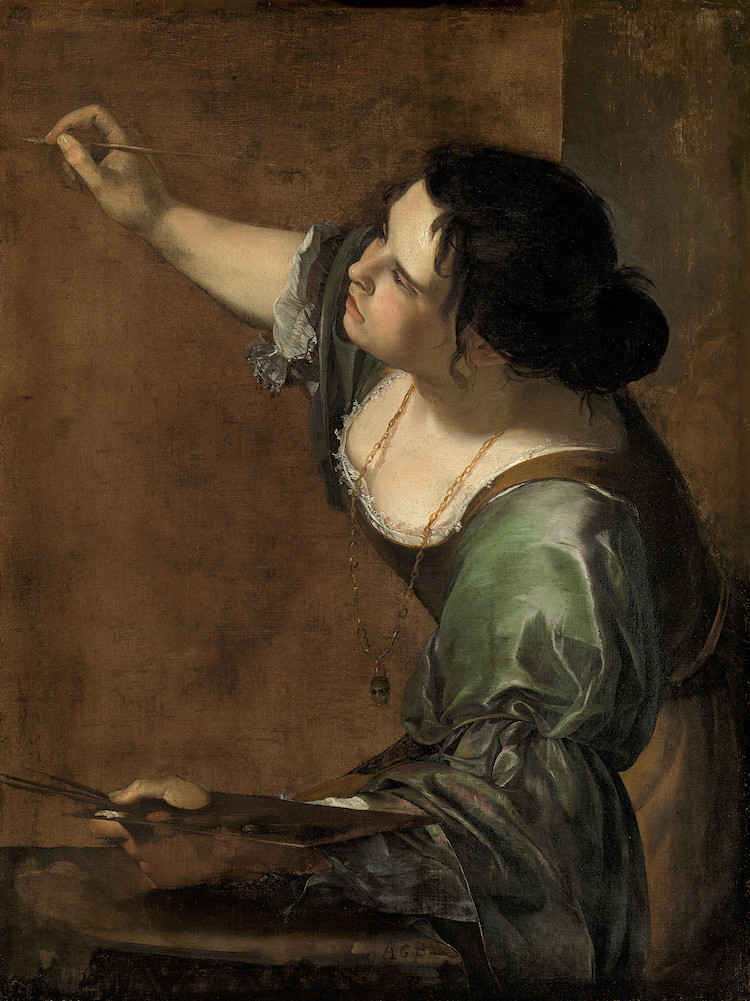
“Self-Portrait as the Allegory of Painting,” 1638-1639 (Photo:Wikimedia CommonsPublic Domain)